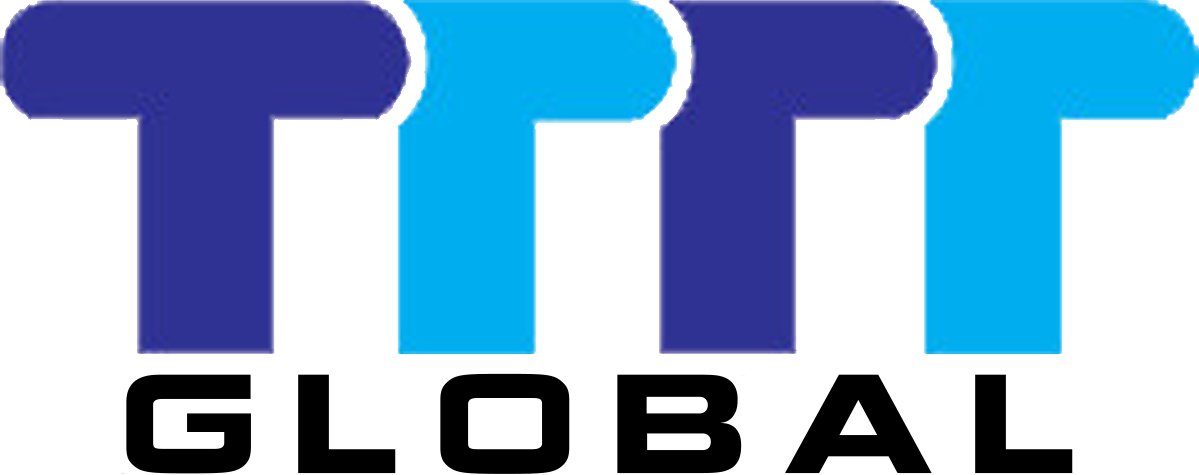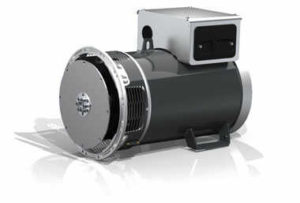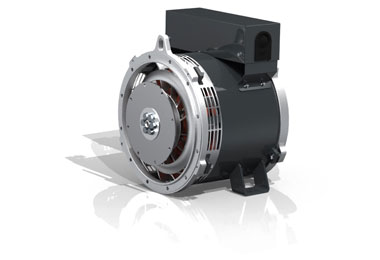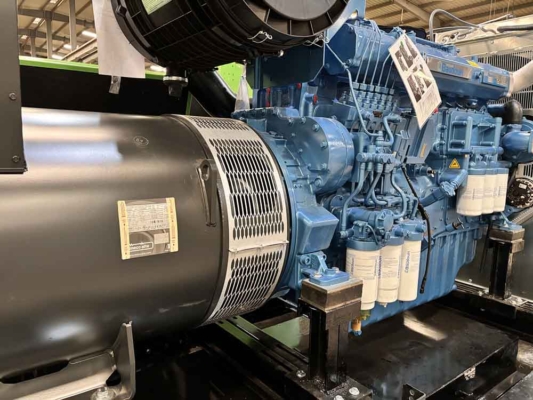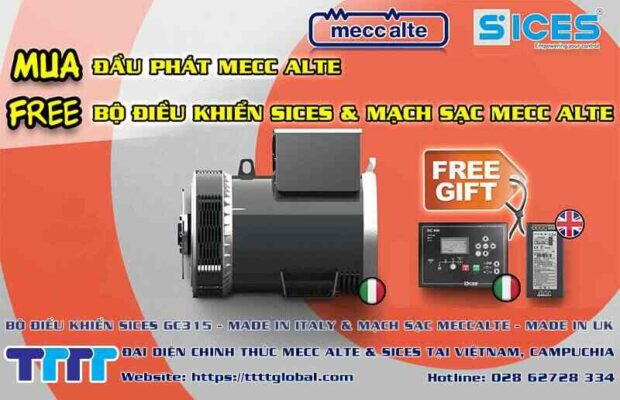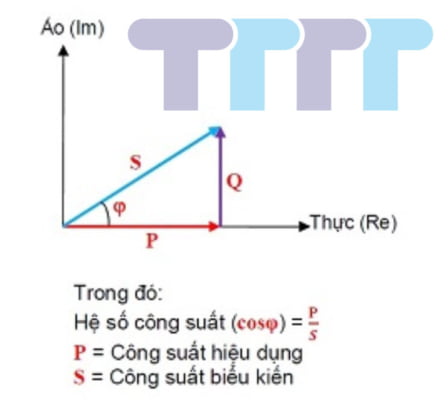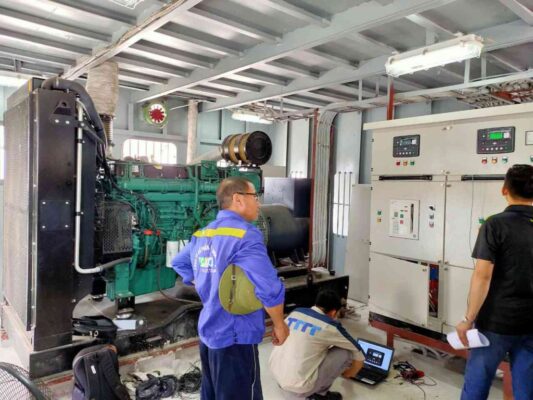In today’s world where uninterrupted electricity is essential for industry and infrastructure, investing in reliable backup systems is crucial. The 300kva alternator, converting mechanical energy into three-phase AC power, has become a widely adopted choice among medium and large-scale enterprises. It offers a balanced performance-to-cost ratio, ideal for users who demand stability, efficiency, and resilience.
This in-depth article will explore the technical structure, key features, real-life applications, and maintenance considerations to help you leverage a 300 kVA alternator effectively.
Contents
- 1 1. Why Choose a 300kVA Alternator?
- 2 2. Construction and Operational Principles
- 3 3. Typical Technical Specifications
- 4 4. Sector-by-Sector Application Analysis
- 5 5. Advantages & Limitations of the 300kVA Alternator
- 6 6. Reputable Brands of 300 kVA Alternators
- 7 7. Common Technical Challenges & Remedies
- 8 8. Operating Costs & ROI Forecast
- 9 9. Purchasing Guidance & Best Practices
1. Why Choose a 300kVA Alternator?
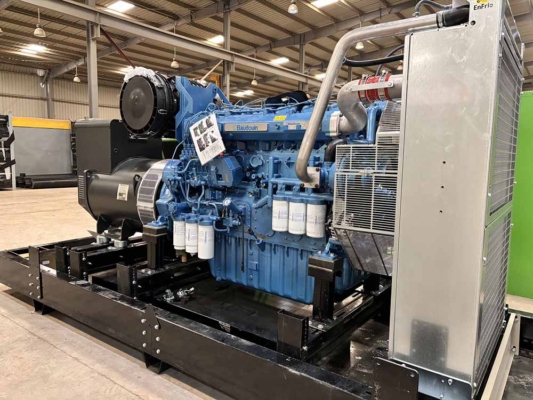
The 300kVA alternator sits at a sweet spot in backup power—stronger than 200–250 kVA systems yet more compact and fuel-efficient than 400 kVA units.
Appropriate power capacity (~240 kW): Suitable for factories, hotels (4–5 stars), office buildings (5–10 floors), cold storage units, and mid-tier data centers.
Optimal fuel efficiency: Achieves its best SFC (specific fuel consumption) when operated at 60–80% load.
Manageable size: Easier to handle and install compared to bulkier 400–500 kVA alternators, but more powerful than smaller classes.
2. Construction and Operational Principles
Structural Components:
Stator: Converts rotating magnetic field into three-phase electrical output.
Rotor: Driven by diesel or gas engine at rated speed (usually 1,500 rpm for 50 Hz), generating rotating magnetic flux.
Automatic Voltage Regulator (AVR): Ensures output voltage remains stable under load fluctuations.
Bearings: Support rotor movement, minimizing friction and vibration.
Cooling System: Forced-air cooling (fans, ducts) to maintain safe internal temperatures.
Operating Principle:
When the rotor spins inside the stator windings, it induces a three-phase current. The AVR continuously regulates voltage to ±1%, adapting to load changes and maintaining waveform quality.
3. Typical Technical Specifications
| Specification | Standard Values |
|---|---|
| Rated output | 300 kVA (~240 kW) |
| Output voltage | 400 V – Three‑phase |
| Frequency | 50 Hz (60 Hz option for export markets) |
| Speed | 1,500 rpm (50 Hz systems) |
| Insulation Class | Class H (or Class F) |
| Power factor (cos ϕ) | 0.8 |
| Enclosure protection | IP23 to IP44 |
| Cooling mode | Forced-air ventilation |
4. Sector-by-Sector Application Analysis
Industrial Manufacturing
Ideal for powering CNC machinery, conveyor lines, presses, and packaging systems. Requires high stability for continuous operation over long shifts.
Commercial Buildings & Office Spaces
Supports HVAC systems, elevators, fire-safety systems, lighting, and surveillance. Voltage must stay within ±1% and waveform distortion (THD) needs to be minimal.
Cold Storage & Healthcare Facilities
Covers needs for medical equipment, refrigeration, laboratory devices, and vaccine storage systems. Demands extremely reliable, uninterrupted power delivery.
Construction Sites & Temporary Utilities
Used to run concrete mixers, water pumps, temporary site lighting, and mobile offices. Requires ruggedness, portability, and simple maintenance in outdoor conditions.
5. Advantages & Limitations of the 300kVA Alternator
Advantages:
Balanced capacity vs. cost: Optimal for mid‑size facilities with predictable loads.
Fuel‑efficient in its operating range: Best used at around 70% loading.
Widely available from reputable manufacturers: Easier to find spare parts and technicians.
Mechanical robustness and low vibration: Reliable operation under continuous use.
Limitations:
Higher upfront cost than smaller units: Compared with 200–250 kVA systems.
Technical maintenance required: Professionals needed for calibration, AVR setup, and alignment.
Not ideal for low‐load operation: Running below 30% for long durations can cause carbon build‑up and reduce lifespan.
6. Reputable Brands of 300 kVA Alternators
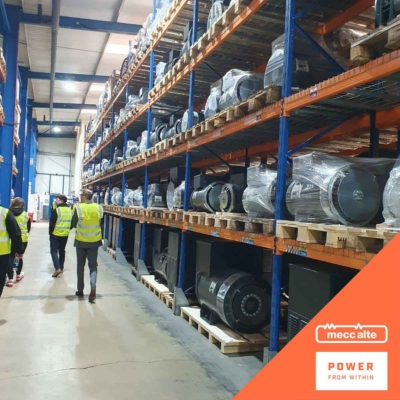
| Brand | Origin | Key Strengths |
|---|---|---|
| Mecc Alte | Italy | Compact design, high reliability, easy spare-parts |
| Stamford | UK | Excellent voltage regulation, global presence |
| Leroy Somer | France | Robust under harsh environmental conditions |
| Marathon | USA | Handles transient overloads and load spikes |
| Chinese OEMs | China | Budget-friendly, widely available parts |
7. Common Technical Challenges & Remedies
| Issue | Common Cause | Recommended Solution |
|---|---|---|
| Voltage instability | Faulty or inaccurate AVR | Upgrade to digital AVR; check wiring |
| Overheated windings | Poor ventilation, dust accumulation | Clean cooling systems; install thermal sensors |
| Rotor misalignment or vibration | Dirty/dry bearings or worn components | Redo bearing lubrication; rebalance rotor |
| Distorted waveform (high THD) | Unbalanced load or weak AVR | Use AVR with better voltage regulation; add filters |
| Burning smell or smoke | Overload, winding failure | Shut down machine, measure insulation resistance |
8. Operating Costs & ROI Forecast
Base cost for alternator only: ~ USD 3,500–5,000 or ~ 90–130 million VND
Complete power set (with engine, panel, canopy): ~ USD 15,000–18,000 or ~ 350–450 million VND
Annual maintenance cost: ~ USD 300–500 or ~ 8–12 million VND
Estimate lifespan: 15–20 years with proper upkeep
Best operating efficiency: When consistently loaded at 60–80%, ROI is most favorable
See also: Extend Lifespan Over 20000 Hours for 250kVA Alternator
9. Purchasing Guidance & Best Practices
Align specifications with your facility’s requirements: voltage, frequency, power factor, insulation, and enclosure rating.
Avoid oversizing: oversized alternators can lead to inefficient fuel use and reduced lifespan.
Choose a reputable supplier offering strong after-sales service and easy access to spare parts.
Combine condition monitoring and scheduled maintenance for optimal uptime: use CMMS, record logs, and consider real-time sensors.
Company name:
TTTT GLOBAL co Ltd,.
- Address: Landmark 4 Building, Vinhomes Central Park, 720A Dien Bien Phu Str, Ward 22, Binh Thanh District, Ho Chi Minh City, Vietnam.
- Website: https://ttttglobal.com/en/
- Hotline: +84286 2728 334
- Email: Info@ttttglobal.com
